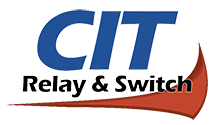
Relays
Relays are most often used where it is necessary to control a circuit by a separate low-power signal, or where several circuits must be controlled by one signal. CIT Relay & Switch offers electro-mechanical automotive relays for use in cars, trucks and even golf carts, and UL approved relays for use in other applications. Also available are UL approved latching relays. A wide range of sockets are available for automotive and UL approved relays.
Relay Categories
| Image | Category | Description |
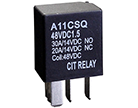 |
Automotive | Automotive relay switches can be found in just about every car, truck and even golf carts. Used to enable a low amperage circuit to switch on and off a higher amperage circuit like headlights, relays are also used to switch multiple things at the same time using one output. A single output connected to multiple relays allow opening and/or closing simultaneously. Most automotive electrical relays are SPST or SPDT. |
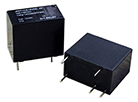 |
Power Relays | CIT Relay & Switch UL approved relays are electromechanical relays for use in low voltage equipment. UL approval defines the basic functional and safety requirements for applications in all areas of electronics and are verified as compliant with the requirements. |
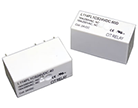 |
Latching Relays | CIT Relay & Switch Latching relays are UL approved and ideal for use in low voltage equipment. UL approval defines the basic functional and safety requirements for applications in all areas of electronics and are verified as compliant with the requirements. A circuit latching relay describes a relay that maintains its contact position after the control power have been removed. It allows the user to control a circuit by providing a single pulse to the relay control circuit. Browse our selection of UL-approved relays below and learn more about the customization options available. |
| Signal Relays | aaaaaa | |
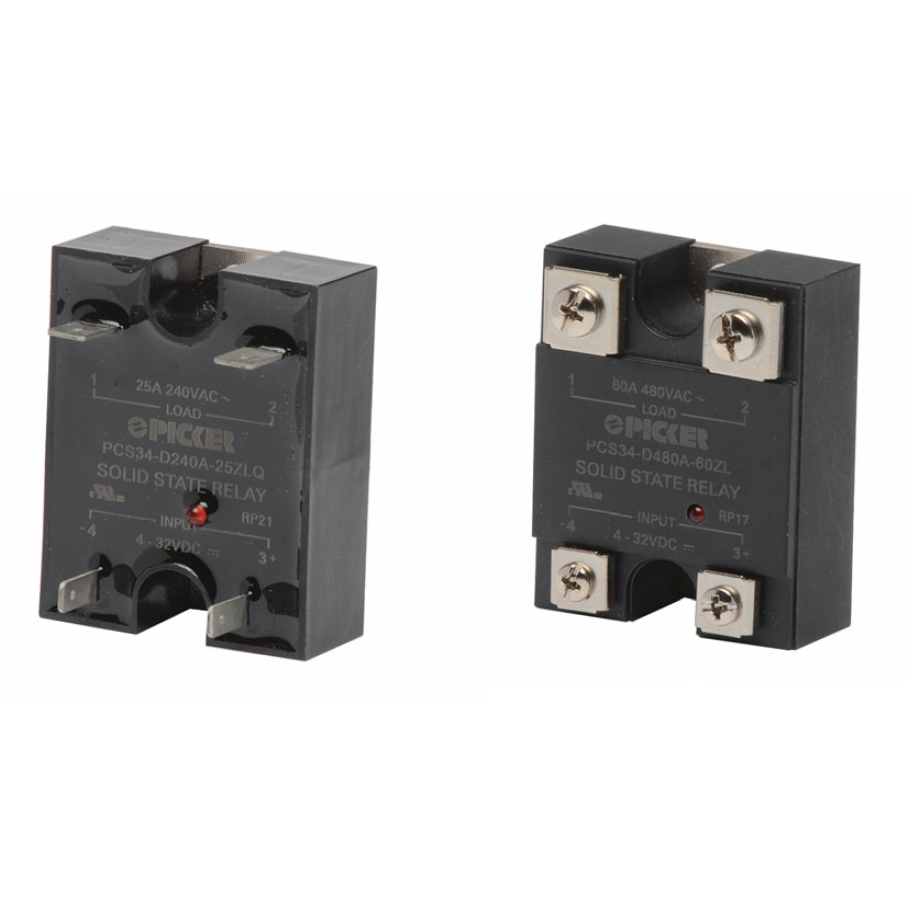 |
Solid State Relays | A solid-state relay (SSR) is an electronic switching device that performs the same function as a mechanical relay but without any moving parts. It uses semiconductor components such as thyristors, triacs, or MOSFETs to switch electrical loads on or off. Unlike mechanical relays, which rely on physical contacts to complete or break a circuit, solid-state relays use the properties of semiconductors to achieve the switching action. |
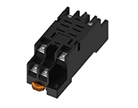 |
Relay Sockets | A relay socket is a type of electrical component that provides a mounting base or interface for a relay, allowing for easy installation and removal of the relay in a circuit. The socket typically consists of a set of contact pins or terminals that correspond to the relay’s pins, allowing for a secure electrical connection without the need for direct soldering. |
